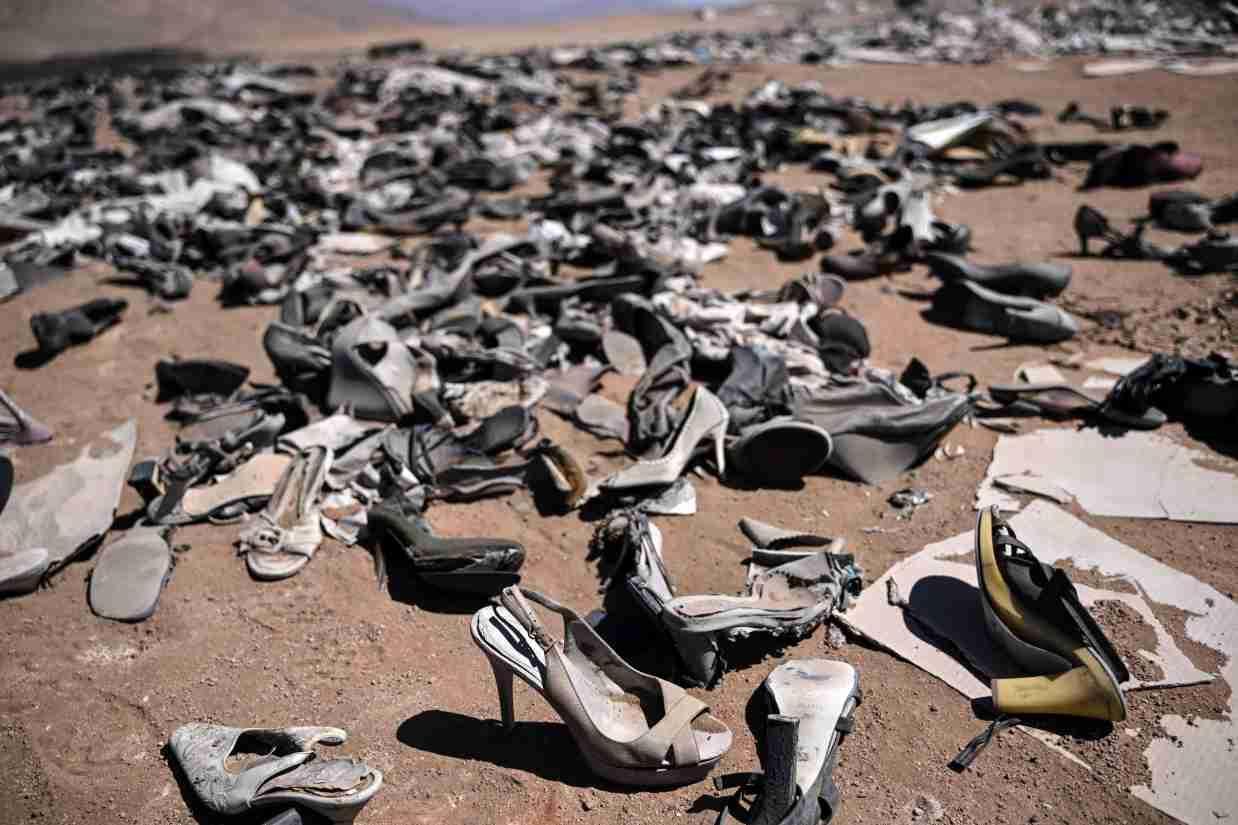
It may be one of the driest places on Earth, a brutal, alien landscape where life seems impossible.
But Chile’s massive Atacama desert is a unique and fragile ecosystem that experts say is being threatened by piles of trash dumped there from around the world.
Mountains of discarded clothing, a graveyard of shoes, and rows upon rows of scrapped tires and cars blight at least three regions of the desert in northern Chile.
“We are no longer just the local backyard, but rather the world’s backyard, which is worse,” Patricio Ferreira, mayor of the desert town of Alto Hospicio, told AFP.
The Atacama, with its striking otherworldly beauty and expansive salt flats, has also been transformed by intensive mining for copper and lithium.
Carmen Serrano, head of the Endemic Roots environmental NGO, said that most people see the Atacama as nothing more than “bare hills” where they can “extract resources or fill their pockets.”
Chile has long been a hub for secondhand and unsold clothing from Europe, Asia, and the United States, which is either sold on throughout Latin America, or ends up in rubbish dumps in the desert.
Spurred on by the world’s insatiable appetite for fast fashion, this chain last year saw over 46,000 tons of used clothing funneled into northern Chile’s Iquique free trade zone.
Full of chemicals and taking up to 200 years to biodegrade, activists say the clothing pollutes the soil, air and underground water.
Used cars also flood into the country from the free trade zone. Many are exported to Peru, Bolivia or Paraguay, while others end up dumped in graveyards kilometers wide in the surrounding desert.
Piles of abandoned tires are also scattered across the desert.
The mayor Ferreira lamented a “lack of global awareness, a lack of ethical responsibility and environmental protection” from “the unscrupulous of the world.”
“We feel abandoned. We feel that our land has been sacrificed.”